This post may contain affiliate links. Affiliate links use cookies to track clicks and qualifying purchases for earnings. Please read my Disclosure Policy, Terms of Service, and Privacy policy for specific details.
In some professional groups, there is a language development misconception that using sign language or other visuals will inhibit the ability to learn to talk. Trusted professionals who give out inaccurate advise, although well-meaning, do a disservice to children.
My experience with a professional’s language development misconception:
My first two children met and often exceeded all of their developmental milestones during their first few years of life. My third child was different. He cried many hours each day over the course of months. He was diagnosed with reflux and given a prescriptoin. As time passed, I noticed that he was not meeting developmental milestones in the area of language. I was very concerned and started interventions. I used a picture exchange communication system (PECS) and sign language to help him communicate his needs and wants. When I took him to our pediatrician for his well-child visit, we discussed my concerns. When I mentioned I was using sign language with him, our pediatrician told me that she and her pediatrician colleagues had noticed a trend that children who use sign language do not learn to talk; therefore, she did not recommend sign language.
After bombarding the pediatrician with questions on if her recommendation was actually supported by research, she admitted that it was not and backed down. She told me I could go ahead and use sign language with my child.
What to do if your child is not talking?
The first step is to give your child a communication system. Everyone needs a way to express their wants and needs. Sign language, pictures, or other augmentative options should be considered. It is okay to continue to work on verbal language, but in the mean time, provide another way to communicate. Sign language, PECS, and other communication methods, have been shown in research as effective ways to increase communication (Bondy & Frost, 1993; Goldstein, 2002).
References
Bondy, A. S., & Frost, L. A. (1993). Mands across the water: A report on the application of the picture exchange communication system in Peru. The Behavior Analyst, 16, 123-128.
Goldstein, H. (2002). Communication intervention for children with autism. Journal of Autism and Developmental Disorders, 32, 373-396.



